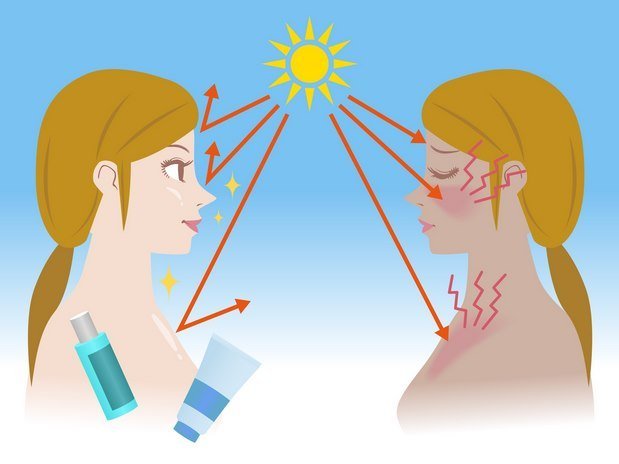Acquired gene mutations
Most often, mutations in the genes related to melanomas are not passed on to a person’s children and are acquired during an individual’s lifetime. In some cases, these mutations seem to happen randomly within a skin cell – without having an apparent cause. In other cases, changes in the genes likely happen because of exposure to an outside factor.
For example, ultraviolet (UV) rays can induce certain changes in the DNA or disrupt the normal function of a gene. Besides that, other environmental factors like pollution, exposure to radiations and unhealthy dietary intake can damage DNA in the cells. Sometimes, these factors affect certain genes (oncogenes) that control how the cells grow, function and divide. If the DNA of these genes no longer works properly, the affected skin cells may become melanomas. Children and adults are more prone to develop gene changes because they often get a lot of exposure to these environmental factors. However, this is not an overnight change and they might not cause cancer until many years or even decades later.
When it comes to acquired gene mutations, the most common change is seen in BRAF oncogene. This gene is very common and can be found in about half of all melanomas. Other genes that got affected in melanoma include NF1, NRAS and CDKN2A.
Some melanomas occur in less exposed and hidden parts of the body. These melanomas often get different DNA mutations than those in skin cancers that develop in sun-exposed areas. A common type of gene involved in such cases is called C-KIT (or just KIT) gene.

